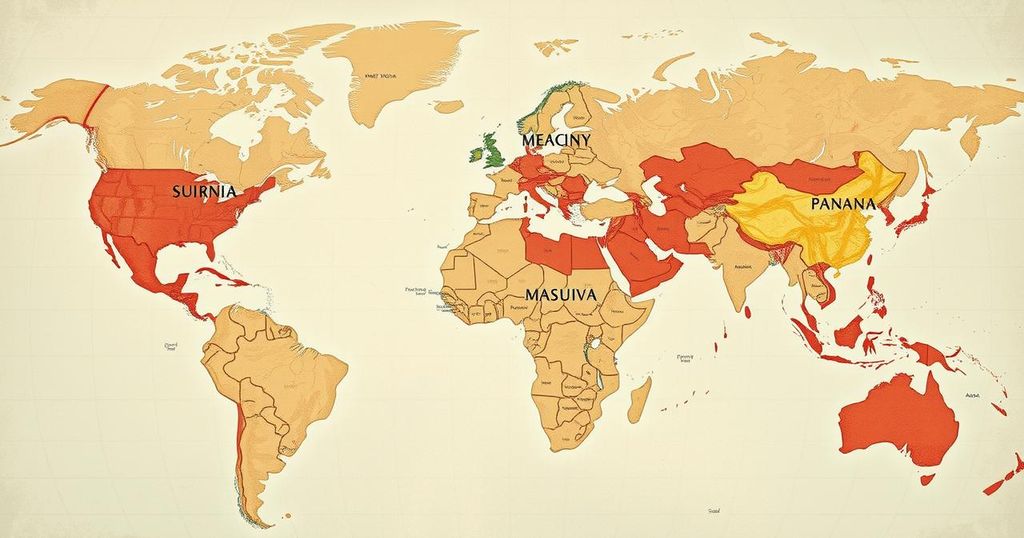Trump’s expanded travel ban proposes restrictions on citizens from forty-three countries categorized into three levels based on vetting deficiencies. The initiative is part of an executive order designed to enhance national security, continuing policies from his first term. The response from former President Biden’s administration raises questions about the future of these measures.
President Donald Trump’s proposed travel ban for his second term targets forty-three countries, introduced as part of an executive order signed on January 20. This directive mandates cabinet members to pinpoint nations whose citizens face travel restrictions due to inadequate vetting and screening processes. This move aims to bolster national security by curtailing entry from high-risk countries, continuing efforts initiated during his first term.
The travel ban proposal, developed by the U.S. State Department, is currently in draft format and is subject to potential revisions before finalization. The draft categorizes countries into three groups—red, orange, and yellow—each depicting varying levels of travel restrictions based on their vetting adequacies.
The red list identifies eleven nations facing an outright travel ban, categorized due to severe deficiencies in their screening processes that present national security risks. This complete prohibition on entry emphasizes the administration’s commitment to enhancing security in light of global threats.
Conversely, the orange list features ten countries where citizens will face limited restrictions, necessitating additional vetting through in-person interviews to secure a U.S. visa. These countries have been flagged for inadequate vetting, and the U.S. is observing their efforts to rectify these issues closely.
The yellow list is comprised of twenty-two nations, primarily in Africa, granted sixty days to address the concerns regarding their vetting and screening systems. Failure to demonstrate improvements may result in these countries being shifted to the red or orange lists.
Trump’s executive order underscores the administration’s ongoing strategy to secure U.S. borders and shield citizens from potential risks posed by individuals involved in terrorism or criminal activities. Notably, former President Joe Biden overturned Trump’s travel bans at the start of his tenure in 2021, advocating for America’s tradition of inclusivity towards diverse populations.
The expanded travel ban proposed by President Trump represents a significant shift in U.S. immigration policy, with a focus on national security. The three-tier system categorizes countries based on their vetting effectiveness, with the potential for harsh restrictions based on compliance. This initiative reflects ongoing tensions over immigration and security, and its future will depend on assessments of the listed countries’ efforts to improve their processes.
Original Source: www.travelandtourworld.com






